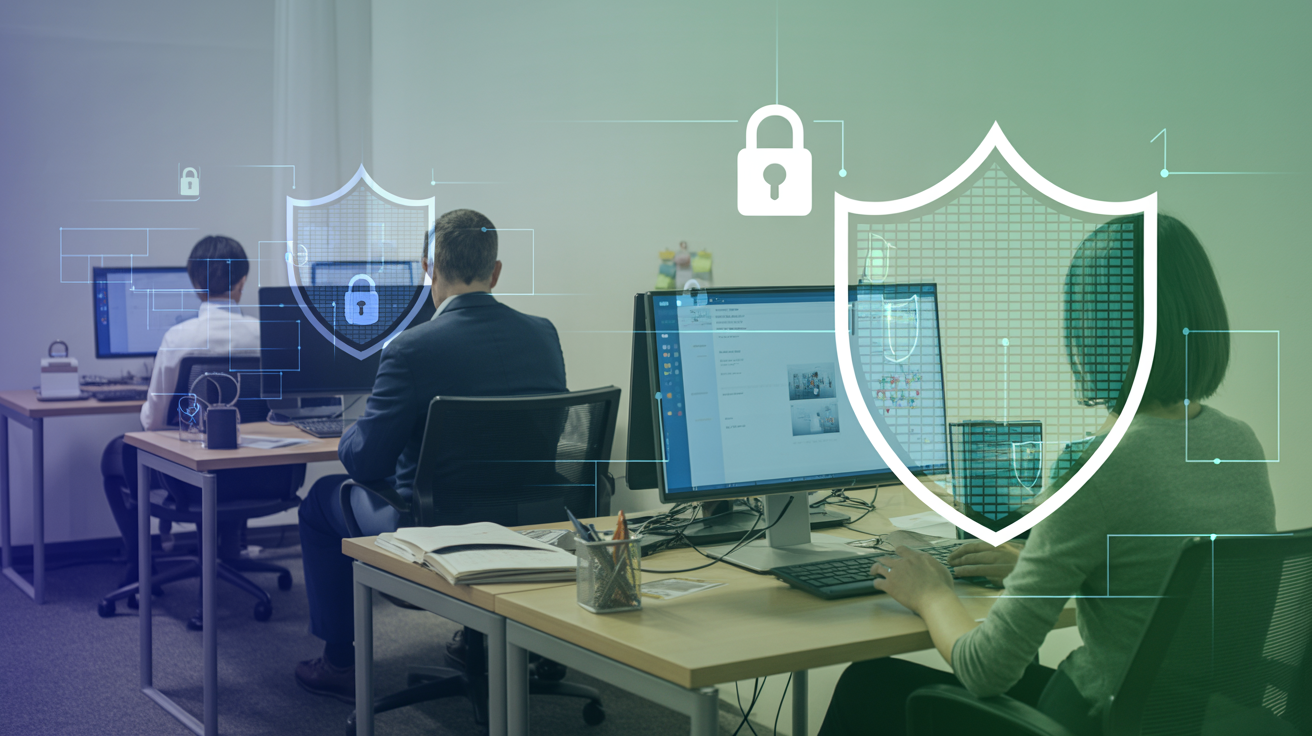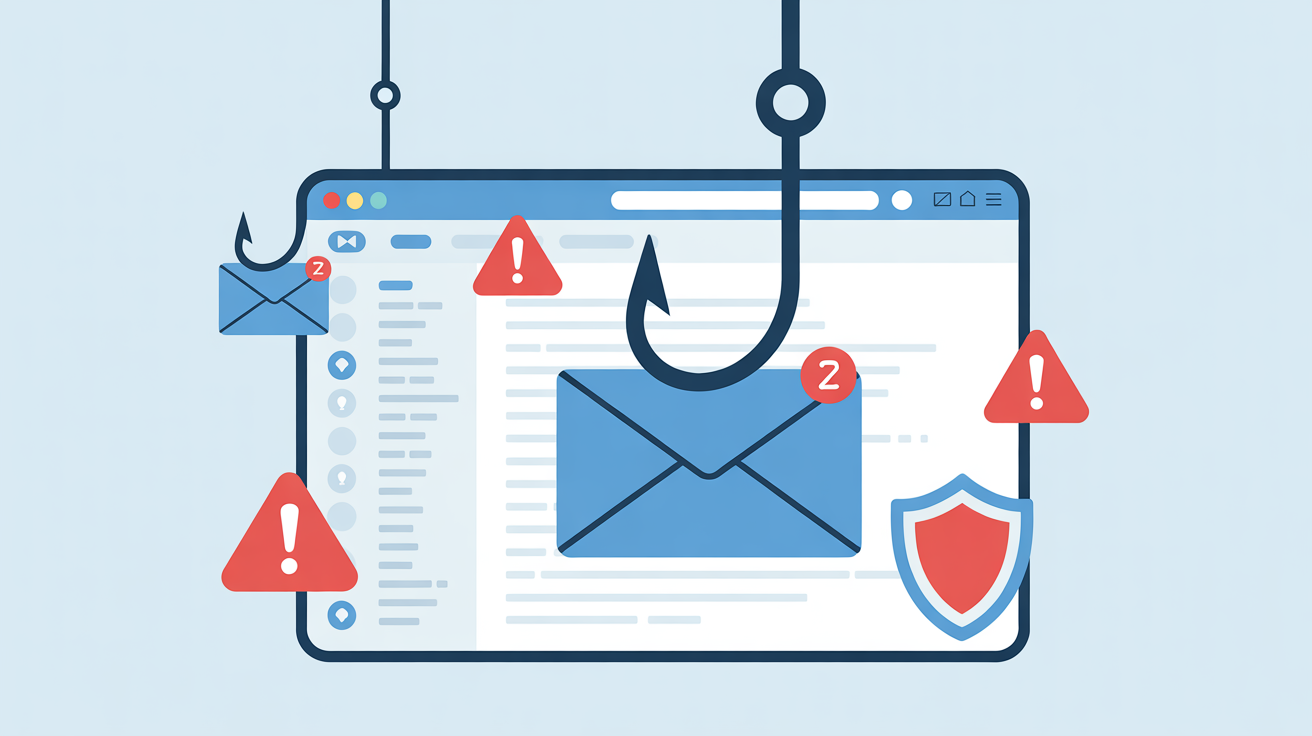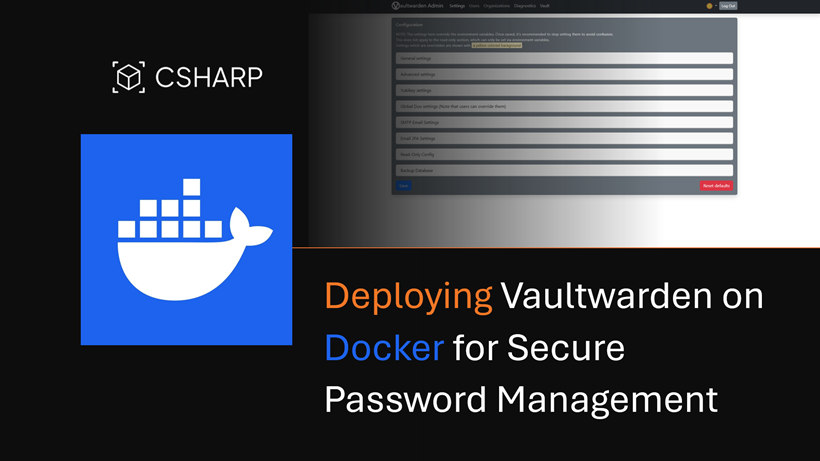Human error accounts for 95% of successful cyber attacks, making employee security training one of the most critical investments organizations can make in their cybersecurity posture. Despite the proliferation of advanced security technologies, the human element remains both the weakest link and the strongest defense in cybersecurity.
The Human Factor in Cybersecurity
Why Employees Are Targeted
Cybercriminals increasingly focus on human targets because:
Technology defenses have improved, making direct technical attacks harderHumans are predictable and can be manipulated through social engineeringEmployees often have legitimate access to sensitive systems and dataA single successful human compromise can bypass multiple technical controlsCommon Employee Security Mistakes
Password-Related Errors:
Using weak, easily guessable passwordsReusing passwords across multiple accountsSharing passwords with colleaguesWriting passwords in easily accessible locationsFailing to enable multi-factor authenticationEmail and Communication Errors:
Clicking on suspicious links or attachmentsResponding to phishing emails with sensitive informationUsing unsecured email for confidential communicationsFalling for business email compromise scamsPhysical Security Lapses:
Leaving devices unattended and unlockedAllowing unauthorized individuals to follow them into secure areasDisposing of sensitive documents in regular trashWorking with confidential information in public spacesDigital Hygiene Issues:
Installing unauthorized software or browser extensionsUsing unsecured Wi-Fi networks for business activitiesIgnoring software updates and security patchesConnecting personal devices to corporate networks without permissionBuilding an Effective Security Training Program
1. Assessment and Planning
Security Culture Assessment:
Survey employees to understand current security awareness levelsIdentify high-risk behaviors and knowledge gapsAssess the effectiveness of existing training programsBenchmark against industry standards and best practicesRisk-Based Training Design:
Prioritize training topics based on organizational risk profileCustomize content for different roles and responsibilitiesConsider industry-specific threats and compliance requirementsAlign training objectives with business goals2. Core Training Components
Foundational Security Awareness:
Password Security:
How to create strong, unique passwordsProper use of password managersMulti-factor authentication setup and best practicesRecognizing and responding to credential theft attemptsEmail Security:
Identifying phishing emails and suspicious attachmentsProper handling of sensitive information in emailBusiness email compromise awarenessSecure email practices and encryptionPhysical Security:
Device security and protectionClean desk policies and information handlingAccess control and visitor managementSecure disposal of confidential informationWeb and Application Security:
Safe browsing practicesSoftware download and installation policiesSocial media security considerationsCloud service usage guidelines3. Role-Specific Training
Executive and Management Training:
Advanced social engineering and whaling attacksBusiness email compromise and CEO fraudIncident response leadership and communicationSecurity governance and risk managementIT and Technical Staff Training:
Advanced persistent threats and detection techniquesSecure coding practices and vulnerability managementIncident response and forensics proceduresSecurity tool configuration and monitoringRemote Worker Training:
Home network security best practicesVPN usage and secure remote accessVideo conferencing security and privacyMobile device management and protectionCustomer-Facing Staff Training:
Social engineering recognition and responseCustomer data protection and privacyPayment security and PCI complianceFraud detection and reporting procedures4. Training Delivery Methods
Blended Learning Approach:
Interactive Online Modules:
Self-paced learning with engaging multimedia contentQuizzes and assessments to reinforce learningProgress tracking and completion reportingMobile-friendly design for accessibilityIn-Person Workshops:
Interactive discussions and scenario-based learningHands-on exercises and simulationsQ&A sessions with security expertsTeam-building and culture developmentMicro-Learning Sessions:
Short, focused training sessions on specific topicsRegular security tips and remindersJust-in-time training for new threatsIntegration with daily workflowsGamification Elements:
Security challenges and competitionsPoints, badges, and leaderboardsTeam-based activities and rewardsRecognition programs for security champions5. Simulated Phishing and Social Engineering
Phishing Simulation Programs:
Program Design:
Start with obvious phishing attempts and gradually increase sophisticationUse templates that mirror real-world threatsTarget different employee groups with relevant scenariosProvide immediate feedback and learning opportunitiesMetrics and Improvement:
Track click rates, reporting rates, and improvement over timeIdentify high-risk individuals and groups for additional trainingAdjust simulation difficulty based on organizational maturityCelebrate improvements and success storiesSocial Engineering Testing:
Physical security assessments (tailgating, dumpster diving)Phone-based social engineering attemptsUSB drop tests and removable media securityPublic Wi-Fi and shoulder surfing awareness6. Continuous Reinforcement and Communication
Regular Communication:
Security Newsletters:
Monthly or quarterly security updatesCurrent threat landscape and trending attacksSuccess stories and lessons learnedSecurity tips and best practicesAwareness Campaigns:
Themed campaigns focusing on specific threatsPosters, digital signage, and visual remindersSecurity awareness weeks or monthsIntegration with existing communication channelsLeadership Engagement:
Executive sponsorship and participation in trainingSecurity messages from leadershipIntegration with performance reviews and career developmentResource allocation and program investment7. Measuring Training Effectiveness
Quantitative Metrics:
Training Participation:
Training completion rates by department and roleTime to completion and engagement levelsAssessment scores and knowledge retentionParticipation in optional security activitiesBehavioral Indicators:
Phishing simulation click and reporting ratesSecurity incident frequency and severityPolicy compliance and audit resultsHelp desk tickets related to security issuesQualitative Assessments:
Employee Feedback:
Training satisfaction surveys and feedbackFocus groups and interview sessionsSuggestions for improvement and additional topicsSecurity culture and attitude assessmentsBusiness Impact:
Reduction in security incidents caused by human errorImproved incident detection and response timesEnhanced compliance with security policiesPositive feedback from customers and partners8. Addressing Training Challenges
Common Obstacles:
Employee Resistance:
"Security is not my job" mentalityTraining fatigue and competing prioritiesSkepticism about security threatsFear of making mistakes or being blamedSolutions:
Make security training relevant and practicalUse real-world examples and case studiesProvide positive reinforcement and supportCreate a no-blame culture for security reportingResource Constraints:
Limited training budgets and timeLack of internal security expertiseCompeting business prioritiesTechnology and platform limitationsSolutions:
Start with low-cost, high-impact training initiativesLeverage free resources and industry partnershipsIntegrate security training with existing programsUse automation and scalable delivery methods9. Advanced Training Strategies
Threat Intelligence Integration:
Incorporate current threat intelligence into training contentProvide context-specific training based on industry threatsRegular updates based on emerging attack vectorsPartnership with threat intelligence providersBehavioral Psychology Applications:
Use principles of behavior change in training designUnderstand cognitive biases that affect security decisionsApply nudging techniques to encourage secure behaviorsPersonalize training based on individual learning stylesTechnology-Enhanced Learning:
Virtual reality simulations for immersive training experiencesArtificial intelligence for personalized learning pathsChatbots and virtual assistants for just-in-time supportIntegration with security tools for real-time feedback10. Building a Security Culture
Culture Transformation:
Leadership Modeling:
Executives and managers demonstrating security best practicesPublic recognition of good security behaviorsInvestment in security training and resourcesOpen communication about security challenges and successesPeer Influence:
Security champion programs and ambassador networksPeer-to-peer learning and knowledge sharingTeam-based security challenges and activitiesCross-functional collaboration on security initiativesContinuous Improvement:
Regular assessment and evolution of training programsIntegration of lessons learned from security incidentsBenchmarking against industry best practicesInvestment in emerging training technologies and methodsReturn on Investment
Effective security training programs deliver measurable returns through:
Reduced security incidents and associated costsImproved compliance with regulatory requirementsEnhanced customer trust and business reputationIncreased employee engagement and job satisfactionCompetitive advantage through superior security postureFuture of Security Training
The evolution of security training continues with:
Personalized, adaptive learning experiencesIntegration with daily workflows and business processesReal-time threat intelligence and contextual trainingAdvanced simulation and immersive technologiesContinuous assessment and behavioral analyticsRemember, security training is not a one-time event but an ongoing process that must evolve with changing threats, technologies, and business requirements. The most successful programs combine comprehensive content, engaging delivery methods, and continuous reinforcement to build a truly security-aware workforce.
By investing in employee security training, organizations not only reduce their risk of cyber attacks but also create a competitive advantage through enhanced security capabilities and stakeholder trust. In today's threat landscape, a well-trained workforce is not just a security necessity—it's a business imperative.




